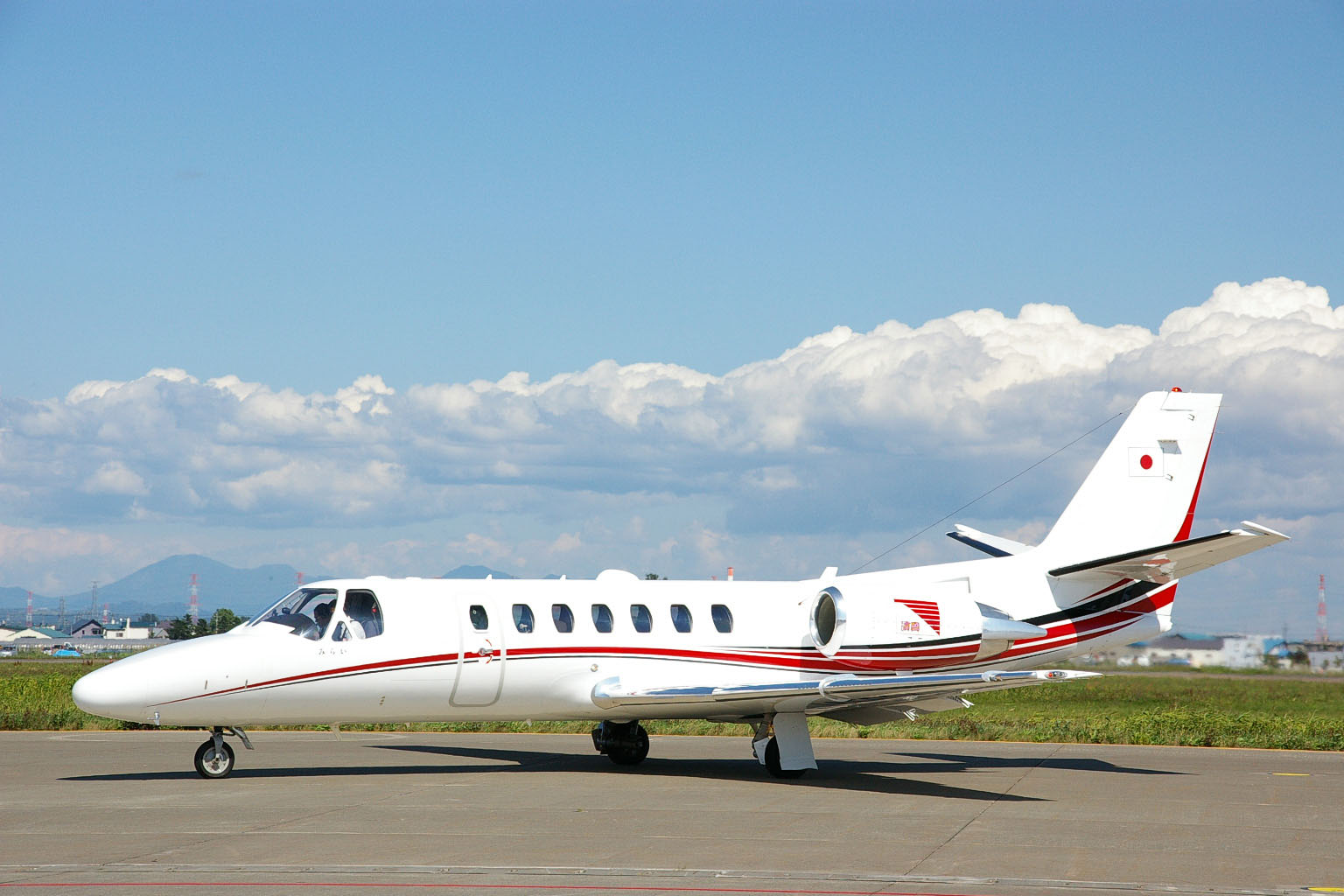

Also, check the tires while you’re down there. Most flight schools and flying clubs have removed the fairings for this very reason, but if your rental plane still has them installed, I suggest you carry a flashlight and mirror in your flight bag and check them prior to every flight. I’ve replaced many brake discs at the annual because the owner hadn’t checked the pads. You know how much you’re flying the plane, so you don’t need to do it every flight, but don’t just “let the mechanic do it” at the annual. If it’s your personal plane, you need to periodically get down on your hands and knees (with a flashlight and mirror) and check the brakes. I guess it’s the “out of sight, out of mind” syndrome. Wheel fairings – Often, planes with wheel pants have neglected tires and brakes.Birds can build a nest in just a few hours, so it’s important to check before every flight. Not only is removal of the nest material critical to engine cooling, but leaving it can present a fire hazard as well. This is very dangerous and it must be cleared before flight. When you pull off the cowling, you will often find the nest buried down in between the cylinders or on the oil cooler. Often, you can’t see a nest when you just look through the opening, but if there are droppings, there’s likely a hidden nest too. Just reaching in through the front openings and pulling out a fistful of nest material isn’t enough. Bird nests – If you see bird droppings and/or a few pieces of straw around the cowling openings, you MUST remove the cowling and look for hidden nests.


Instead, here are five specific things to check while performing the preflight that might otherwise be (and often are) overlooked: 5 Often Overlooked Preflight PrecautionsĪs I said, I’m not going to go through a whole inspection. If a plane has a bend gear or flat strut, it’s often more obvious from a distance. As part of this inspection flow, start looking at the plane with a critical eye as you first approach it and while you’re still at a distance. Instead, a pilot should develop an “inspection flow,” looking for anything out of the ordinary, while periodically stopping to review the items on the checklist to make sure none of them were missed. This is how pilots may miss the obvious things, like a big puddle of oil on the ramp below the plane. That is, don’t read an item on the list, then go look for it on the plane then, go back to the next item on the list, etc. On the other hand, I don’t like to see pilots use the checklist as a “DO” list. In fact, if you’re about to take your private pilot practical test you better be in the habit of using that checklist-the examiner will expect it of you. My goal in this article isn’t to provide a step-by-step guide to the basic preflight inspection, but rather to offer an A&P/IA’s perspective on the topic.įirst, know that I’m all for checklists and Cessna has a very good (and thorough) preflight checklist for their piston aircraft. I’ve seen things go wrong with a plane in-flight, and I like to minimize that possibility as much as possible. Then, there’s the second category of pilots, those who get lazy and do less and less on the preflight, presumably because they’ve been lucky and never had anything bad happen and don’t believe it ever will. First, there are those pilots whose preflight inspections get more and more detailed, presumably because they’ve encountered problems and know more things to look for. However, it appears to me that as pilots gain more experience and rack up more hours, they tend to fall into one of two categories. – An A&P’s Perspective on Preflight InspectionsĪnyone who’s had more than two instructional flights has learned the basics of the preflight inspection. What to Know BEFORE You Go Sponsored by AirMart, Inc.


 0 kommentar(er)
0 kommentar(er)
